
I confess: I had never been to an Eataly store before today. Where I am from in Italy, the rural world with its fresh produce and accessible prices is no further than a few minutes drive and to-date there has been no reason to believe we need Oscar Farinetti’s help to bring this delicacies even closer.
When Eataly announced its opening at the end of April, I was a little thrilled. This ‘42,000 square foot temple of gastronomy’ (quoting Timeout, I haven’t measured it myself) with a retail market, three restaurants, takeaway food stalls, ‘al fresco’ dining space, bars, a cookery school and the UK’s biggest Italian wine cellar counting over 2000 labels sounded… enticing!
After a quick glance at the weather forecast for the weekend we decided that Sunday was the perfect day to wander through the meanders of this enclosed marketplace of fine Italian foods. So, we headed down to Liverpool Street, joined the long (yet fast) queue to get in and started our exploration.
We decided to postpone the dining experience to when, hopefully, restrictions will be eased off and we’ll be able to appreciate this fully and how it is designed to be. At the moment of our visit all of the takeaway food stalls were operative and there was a limited ‘eat-in’ option outdoor, but not really an option on a rainy day unfortunately. That is why we promised ourselves to be back to indulge in a bigger meal later on in the summer. Just because we couldn’t leave with an empty tummy after having laid our eyes upon so many delicacies, we treated ourselves to a gelato and espresso.
The Caffé Bar is the first area visitors encounter on their journey through Italian gastronomy, just before ‘La Via del Dolce’ (the sweet spot), a bright corridor reminiscent of Italian traditional festive street decorations.

The price of a large cup of gelato is £6, perfectly in line with London’s average. The choice of flavours includes all classics and the phrasing ‘today’s flavours’ hints to a seasonal rotation, which I usually welcome as it usually means deeper taste and freshness. However, I have to give my hazelnut, pistacchio and amarena gelato a meagre 5.5/10! Overall the ice-cream didn’t have enough flavour for me and the texture was watery to the point that I could feel some ice crystals: that means we have a BIG issue here.
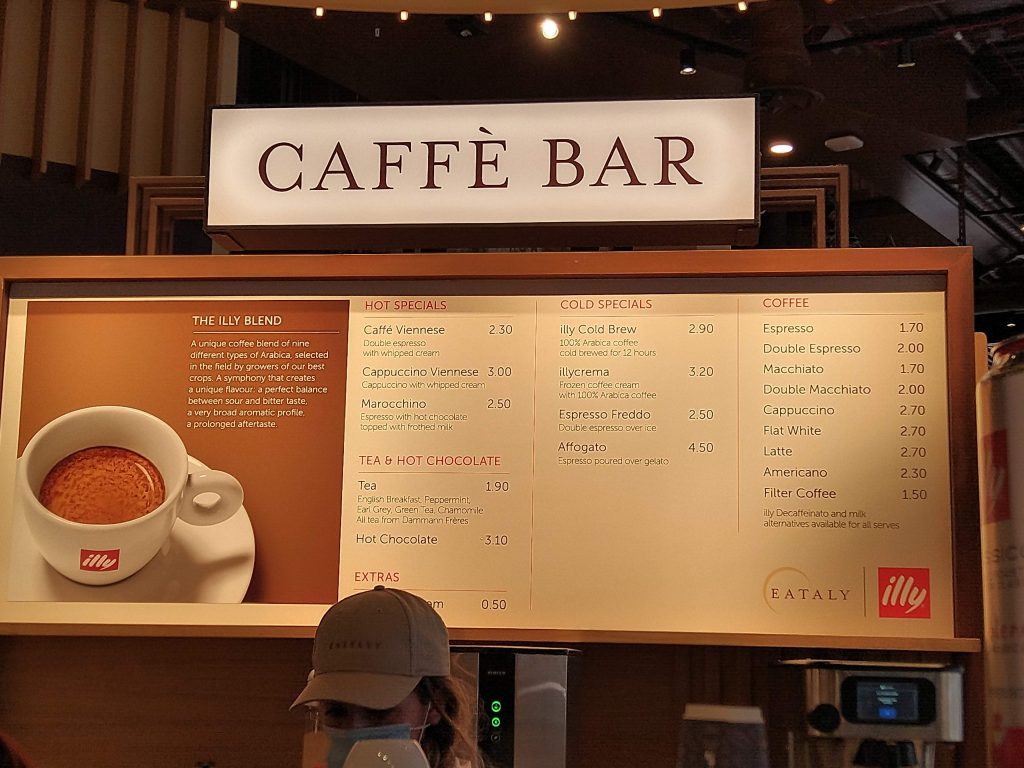
The espresso cheered me up a bit after the big gelato disappointment. Although I am not a big fan of Illy (personal taste), the espresso is reasonably priced and properly made. Not burnt, not too sour: just spot on. We were then ready to move onto the next step: the marketplace, entirely located on the first floor.
Each area of Eataly’s marketplace (the fishmonger, greengrocer, butcher, deli counter, cheesemonger and of course… the wine cellar) could potentially be reviewed separately. While we were quite impressed with the variety of the wine cellar, we have seen happier (and fresher) looking fish than the ones on Eataly’s counter.
Because we don’t want to go into greater detail about our yea or nay of each section, we decided onto a different approach to this!
Let’s have a look at Eataly’s mission:
“…gather high-quality food at sustainable and reasonable prices for all, celebrate Italian biodiversity, and create an informal, natural and simple place to Eat, Shop, Learn, all under one roof.
Now, let’s break it down!

Is food in Eataly good quality? Yes, of course. Made in Italy most of the times is a synonym for artisan quality. Most of the times.

So what the h*ck are these doing here? Don’t get me wrong, I love a Mulino Bianco biscuit. They bring me back to my childhood’s school mornings, the smell of my mum’s coffee brewing on the moka. I will still occasionally look for them and buy them, but not at this price. Please, fellow Italians and all citizens of the world: don’t do this to you. These are industrially produced, sugar-packed breakfast biscuits with a retail value of slightly over £2. Please try them on your next trip to Italy, buy them from the many Italian online food shops or make them yourself with our recipe, but don’t spend this little fortune on them.
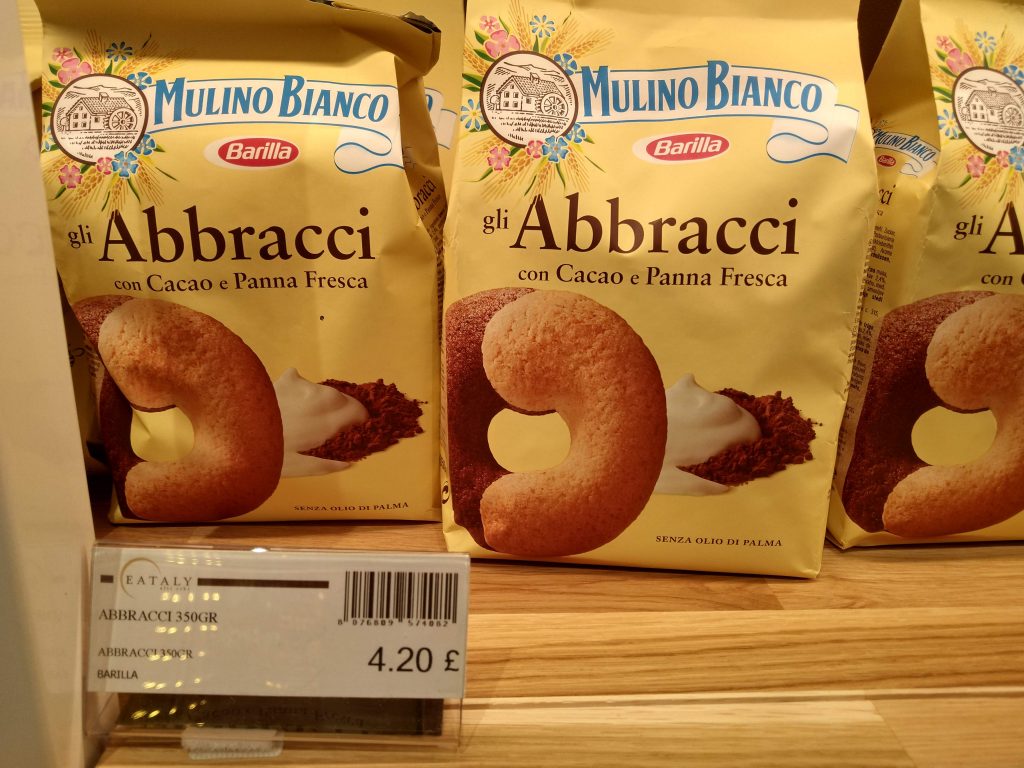
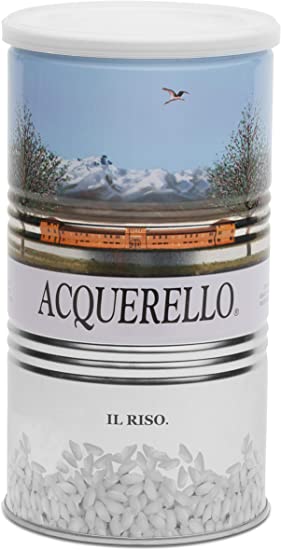
Having said this, there is plenty of quality on Eataly’s shelves. I purchased myself a tin of aged Acquerello rice for the bargain price of £6.90: this is an incredible high-quality rice and I am looking forward to making a risotto with it. This is exactly the kind of product you expect from a temple of Italian gastronomy! Our advice is: read the ingredients, look for the right labels and certifications, ask questions if you need to.
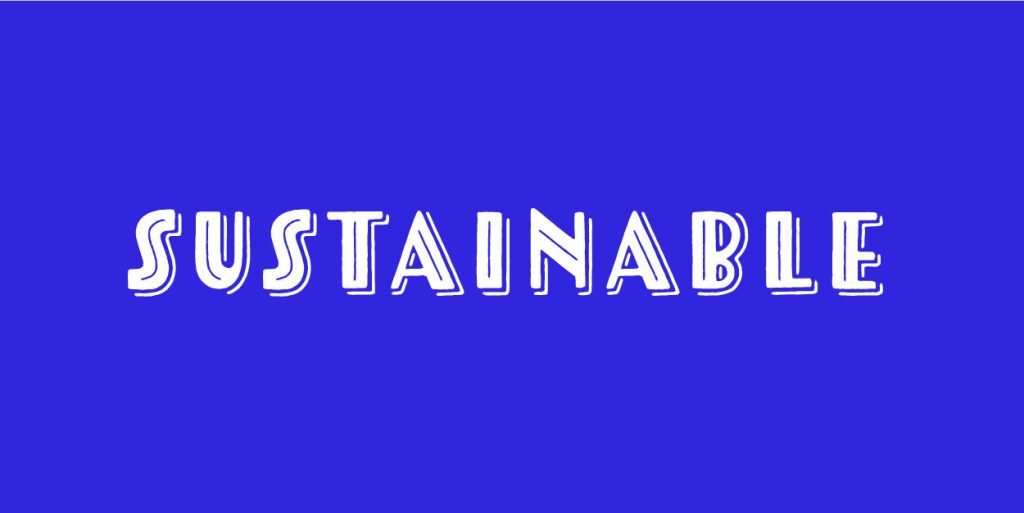
“Sustainable”, WOW. There is so much to it!
What makes food sustainable? According to the Environmental Protection Agency, sustainability is “the ability to maintain or improve standards of living without damaging or depleting natural resources for present and future generations.” So sustainable food is grown, produced and distributed in a way that doesn’t cause harm to the environment. Therefore, the closer a food can be sourced, the more sustainable it is, because this mean a low carbon footprint and a happier planet.
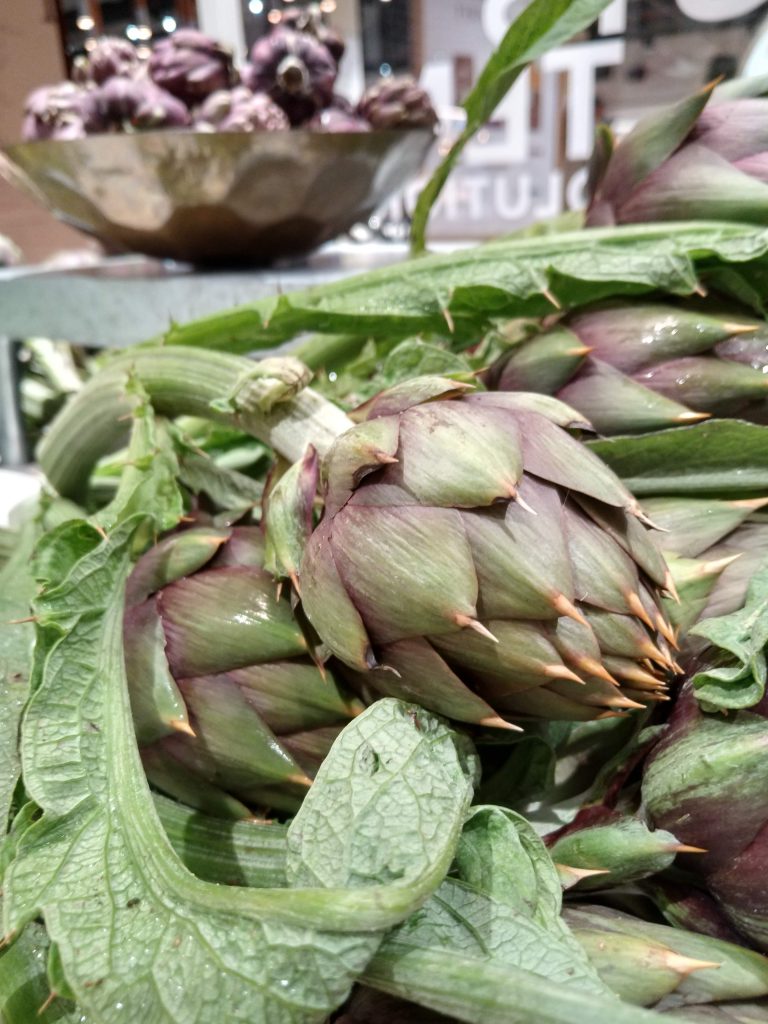
Here at Linguini we understand that in order to bring a bit of the Belpaese right to the heart of London, food needs to go for a little trek. This is the case of niche items such as carciofo mammola, carciofo spinoso ligure and Tropea onions: the joy that many Italian foodies will experience by being rejoined with their very hometown produce is worth the miles these little guys have travelled.
However, there is really no need to import strawberries from Basilicata, a region renowned for many delicious reasons but strawberries ain’t one. And Kent is just on our doorstep!
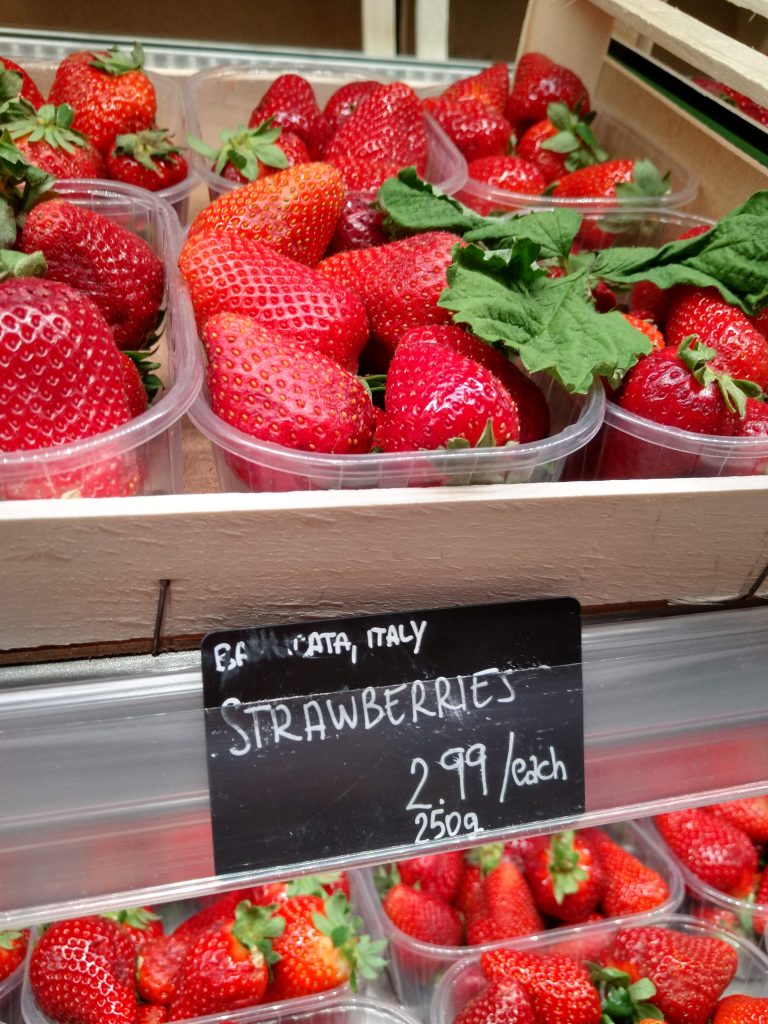
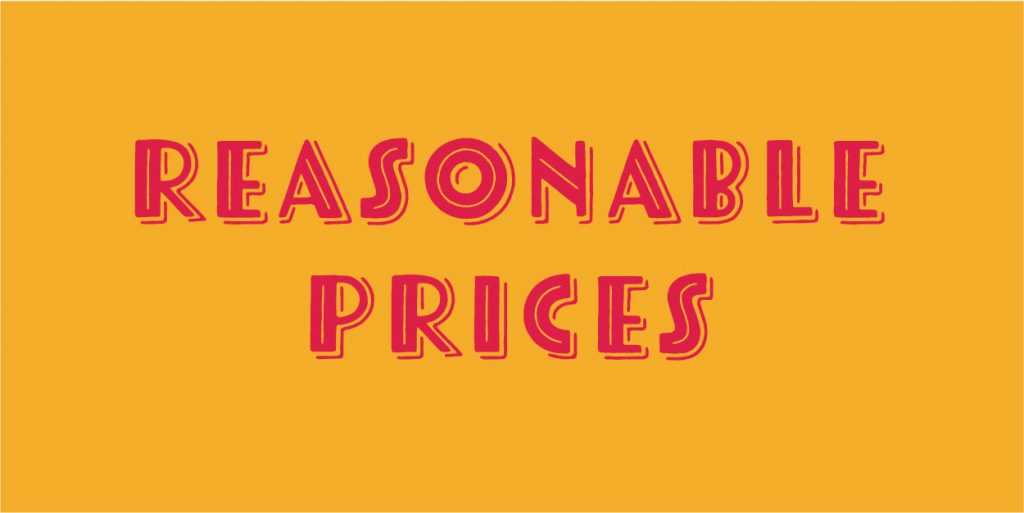
Sorry, Eataly. Would you mind defining ‘reasonable’? In our book, if the product is high-quality and it has fairly and ethically sourced, then it’s worth its price tag.
Are fair prices being paid by Eataly to the producers? Unfortunately, we don’t have an answer to this questions, but of course we hope so. The price tag on the fresh fruit and veg almost gave us a heart attack, but there might be other factors that affect their cost. We hope that conversely to what happens very often, all produce has been ethically sourced, although we couldn’t find any supporting evidence at this time.
Better deals elsewhere can be found beyond the green grocer section. For instance, we have been recommended the cheese monger and their mozzarella freshly made in store everyday: unfortunately, that section was closed during our visit so we haven’t been able to appreciate it yet.
As Italian foodies in London, we see Eataly’s marketplace as a one-off treat to the flavours and aromas we miss from our hometown, but certainly not an alternative for our weekly shop neither a substitute for our local Italian deli’s or trusted Italian online shops which often sell the same items at a more competitive price.
